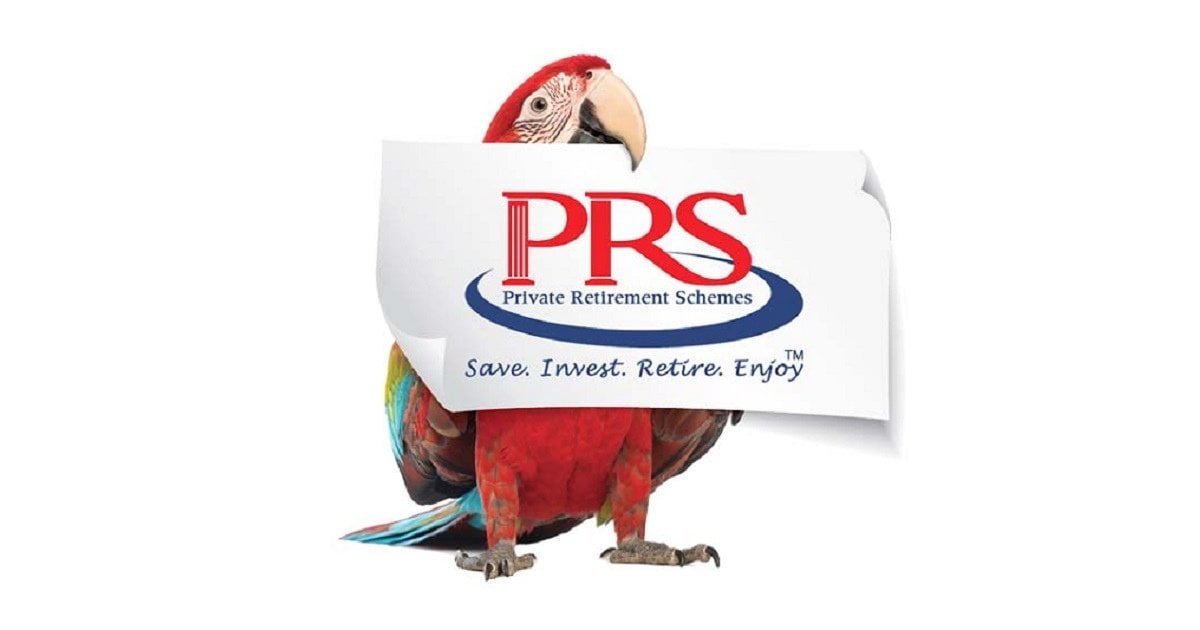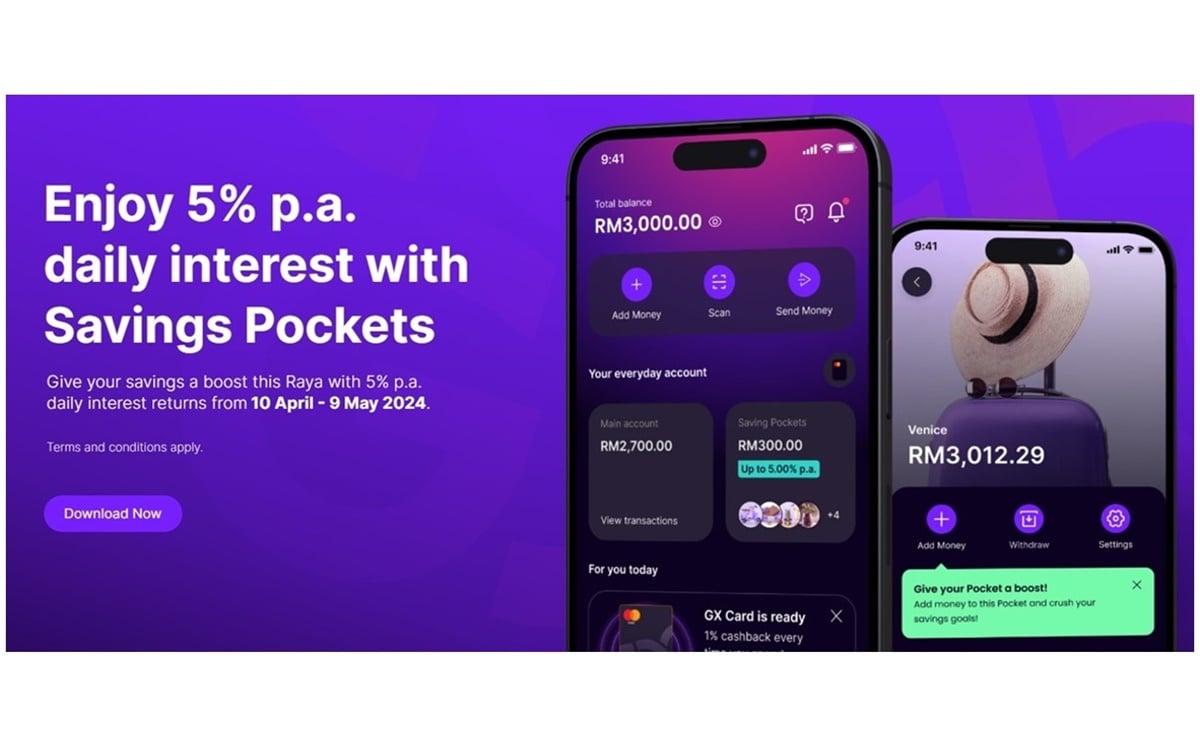Denise Chan
3rd November 2014 - 5 min read
We want a lot of things: fancy shoes and clothes, the iPhone 6 (which mistakenly comes with a revolutionary bending “feature”), new furniture, new laptop; the list never ends. But for some others, the problem is less superficial: it’s the difference between paying the rent or the grocery bill as they stretch their ringgit to breaking point.
Whichever your situation; you may find the concept of opportunity cost can help make budgeting a little simpler.
If you don’t know what it means, here is the economic explanation of opportunity cost from Wikipedia:
In microeconomic theory, the opportunity cost of a choice is the value of the best alternative forgone, in a situation in which a choice needs to be made between several mutually exclusive alternatives given limited resources. Assuming the best choice is made, it is the “cost” incurred by not enjoying the benefit that would be had by taking the second best choice available. The New Oxford American Dictionary defines it as “the loss of potential gain from other alternatives when one alternative is chosen”.

Are you are scratching your head right now? Here is an example:
Jamie has saved up RM100 to buy a new shirt for work. She came across a trendy new blouse that was very in fashion but not practical for everyday use. The blouse cost RM100 but the work shirt she originally intended to buy was marked down to RM70. In the end, Jamie choose what she initially set out to buy because she realised she would wear her work shirt more often (thereby getting more value for money) and she would save RM30 for something else.
So, for a more practical shirt; Jamie’s opportunity cost is being more trendy in a fancy blouse. Jamie would bear a higher opportunity cost if she bought the blouse because she will be paying more for an item of clothing she won’t be wearing as often. Jamie made the right choice in this instance because the decision seemed an easy one. But there are times when the lines between which is better may be blurred.
With that said, how do you use opportunity cost to your advantage?
When Considering Opportunity Cost
1. Maintain a wish list
Nowadays, shopping can be done at our finger tips no matter where we are, all thanks to online shopping sites. Most online stores come with a wishlist, so rather than sending it straight to check out, give yourself time to consider the items on your wishlist. Every now and then, discard items that you no longer want. In the end, your most wanted items will stay on the top of your wishlist. Even if the wishlist option isn’t readily available – do it the old-fashioned way by writing it down!
2. Weigh potential options
Avoid buying things out on a whim as you might come across better alternatives later or worse, find you didn’t really want the item in the first place. Having the money doesn’t mean that you should spend it. You can ask yourself if you should get the item or are there better options out there or if there is some other area in your life that needs the funds more? Sometimes, if an item really isn’t an absolute must have; the money would do better lining your savings’ account.
3. Make the right choices
Have you ever bought something and regretted it later? Everyone falls prey into impulsive purchases once in awhile. But it doesn’t have to be a regular occurrence. Whilst the term ‘right’ can never be 100% ascertained (we aren’t fortune tellers! How would you know you would end up needing a new laptop because your old one got wet in the rain?)
Whenever you sense the urge, always go back to tip number 1. It’s wise to ask yourself, “Would I need this at any point in time; how much use would I get from it and if the answer is no on both counts; do I really want it so bad that I would deprive my savings account of this extra sum of money?” If you cant decide, it wouldn’t hurt to put it down and walk away.
4. Long-term value over quantity
Whenever you consider the opportunity cost of an item; it is worth it to think about long term value. Which of the two items or options you are considering give you the most long-term value? You will receive long term value if you foresee yourself using it often and for a long period of time. This, minimising the opportunity cost from cutting off potential options.
You Get What You Need
Everyone wants the privilege of spending on whatever they please as making smart choices require a lot of thought and some sacrifice. However, you can’t appreciate the rainbow without going through the rain. Look on the bright side, you can get the most out of your hard earn money and time spent while casting out unnecessary spending.








Comments (0)